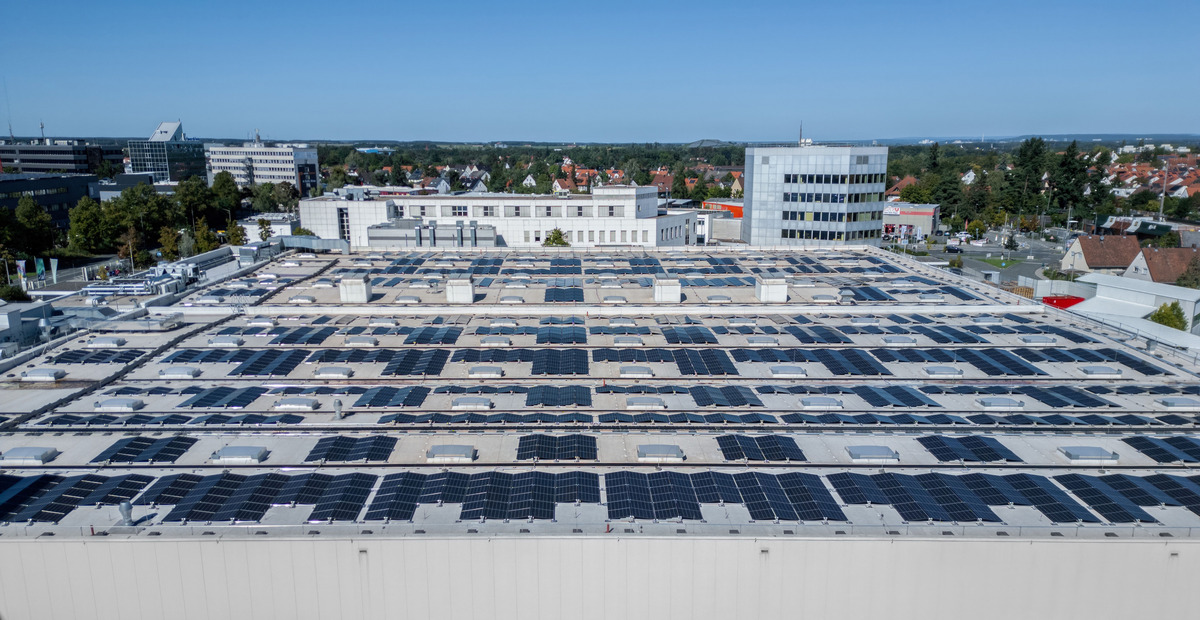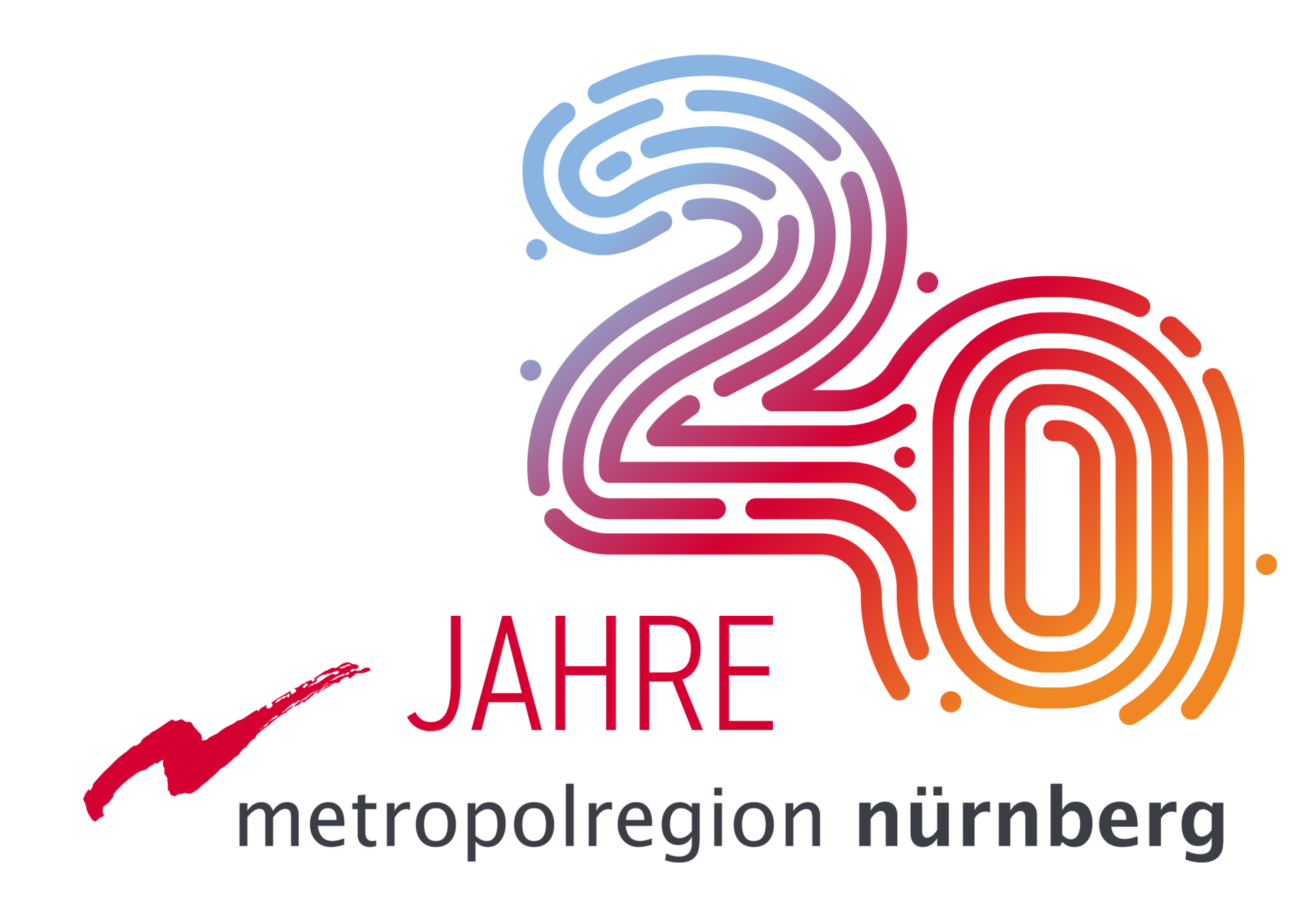The Siemens plant in Fürth uses an area of 4,000 square meters for solar power generation.
The Siemens site in Fürth is consistently advancing its transformation into a climate-neutral plant.
Following the successful installation of another photovoltaic system on three buildings, electricity production will begin in early November. The new system covers an area of 4,000 square meters, consists of nearly 3,300 solar modules, and achieves a rated output of 1,350 kilowatts (kW) peak. It complements the existing 460-kilowatt-peak system on the parking garage. Under typical weather conditions in Germany, the installed PV capacity of around 1,800 kilowatts can generate approximately 1,250,000 kilowatt-hours of electricity per year. This corresponds to the annual consumption of more than 500 households and saves 700 tons of CO₂. This makes it one of the largest photovoltaic systems on existing Siemens buildings in Germany. Part of the electricity generated will also be used to operate the new heat pumps with 2,000 kW thermal and 700 kW electrical output, which supply the site with environmentally friendly heating.
On track to be climate-neutral by 2026
With the expansion of solar power generation, we are making excellent progress in decarbonizing our site," says plant manager Lorenz Rappl. "Once the final photovoltaic system on Building E is connected to the grid at the end of October, we will be able to cover around 15 percent of our electricity needs through our own solar power generation. I am proud that we will be one of the first manufacturing sites to achieve the company’s climate neutrality goal as early as 2026."
The Fürth site was recognized as a “Sustainability Lighthouse” by the World Economic Forum in early 2025 and is considered a role model for the sustainable transformation of established production sites. Thanks to an intelligent energy management system, energy consumption has already been reduced by 64 percent – while production has increased by 145 percent. Greenhouse gas emissions have been cut by 72 percent. The expansion of solar power generation is another key milestone on the path to full climate neutrality at the site.



